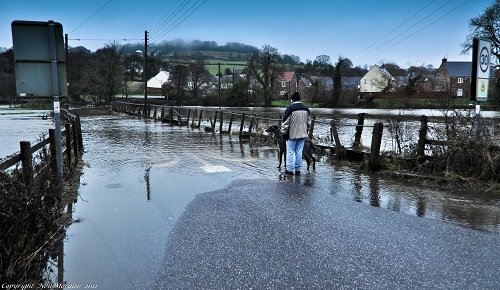
The new EEA publication “National climate change vulnerability and risk assessments in Europe 2018“ is the first review of how the 33 EEA member countries have assessed the risks from climate change, such as the impacts of heat waves, floods, droughts, and storm surges. Including the 28 European Union Member States, the study also takes stock of how countries used this information in developing adaptation policies to address these risks. The report is based on a survey completed by 24 of the 33 EEA member countries, while additional information was gathered from Climate-ADAPT, the European climate adaptation platform, and other public sources of information.
The findings will help inform the European Commission’s on-going evaluation of the EU Adaptation Strategy and will contribute to better-informed decision making and adaptation in key vulnerable sectors, such as agriculture, fisheries, biodiversity protection, spatial planning and infrastructure development.
According to the study, almost all 33 countries have adopted a national adaptation strategy (NAS), and over half have adopted a national adaptation plan (NAP). Furthermore, nearly all countries have conducted at least one national assessment of climate change impact, vulnerability, and risk (CCIV assessment).
The work by the EEA was supported by the European Topic Centre on Climate Change Impacts, Vulnerability, and Adaptation (ETC/CCA), a consortium of European organizations coordinated by the CMCC Foundation.
Read more:
EEA report: “National climate change vulnerability and risk assessments in Europe, 2018“
EEA Press release: “Adapting to climate change: European countries assess vulnerability and risks“


